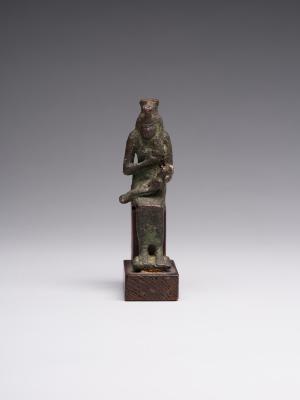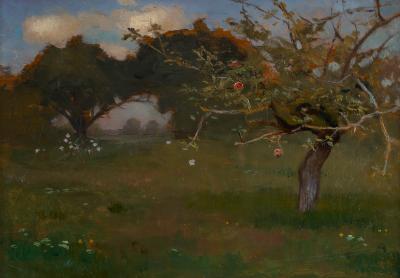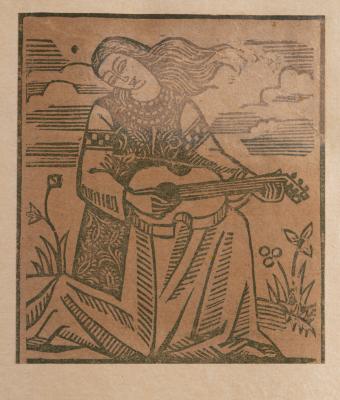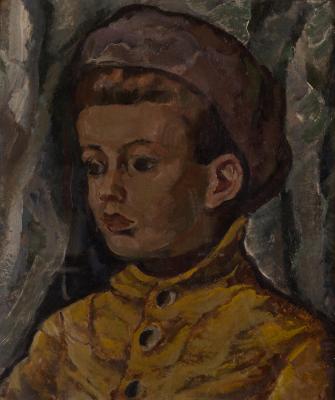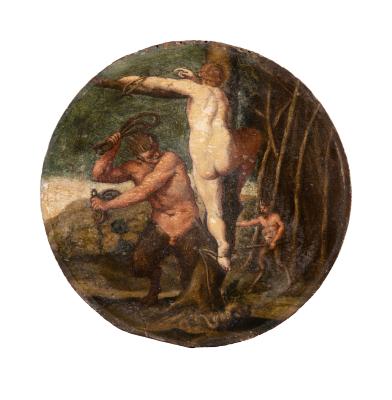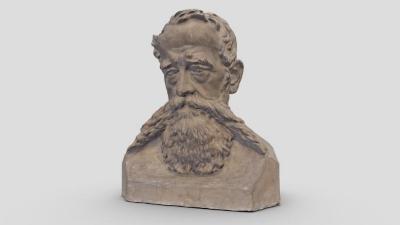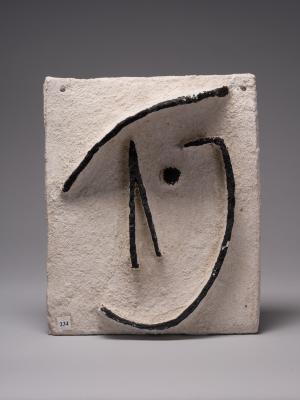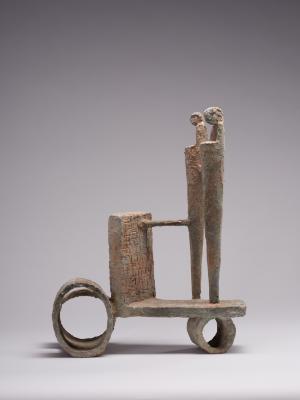Waclaw Rzewuski (1706–1779, Krzywda coat of arms) was the son of Stanislaw Mateusz Rzewuski and Ludwika Kunicka. His wife was Anna Lubomirska (c. 1717–1763), a daughter of Josef Lubomirski, voivode of Chernihiv. Waclaw Rzewuski was a Grand Crown Hetman, statesman and politician of the Polish-Lithuanian Commonwealth. The portrait was painted on Waclaw Rzewuski's return from exile in Kaluga. The man is depicted against a drapery background and is dressed in a light zhupan, a long-lined inner garment with a red kontusz over it, which is girded with an expensive Slutsk belt. The portrayed man holds a hetman's mace in his right hand. Waclaw Rzewuski is depicted with a blue ribbon with the Order of the White Eagle, which he was awarded in 1735. A respectable man with a long beard has a tired facial expression. The image follows the traditions characteristic of 18th-century parade-representational works marked by a ceremonial monumentality. A similar full-length portrait is at the Wilanow Palace. It served as a model for the creation of many half-length portraits.





